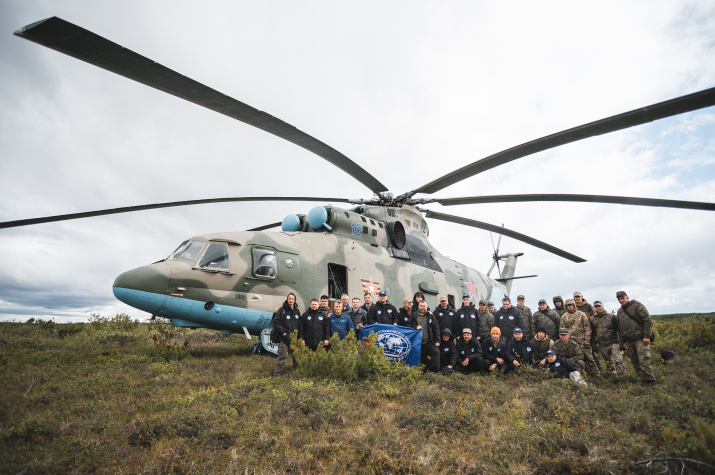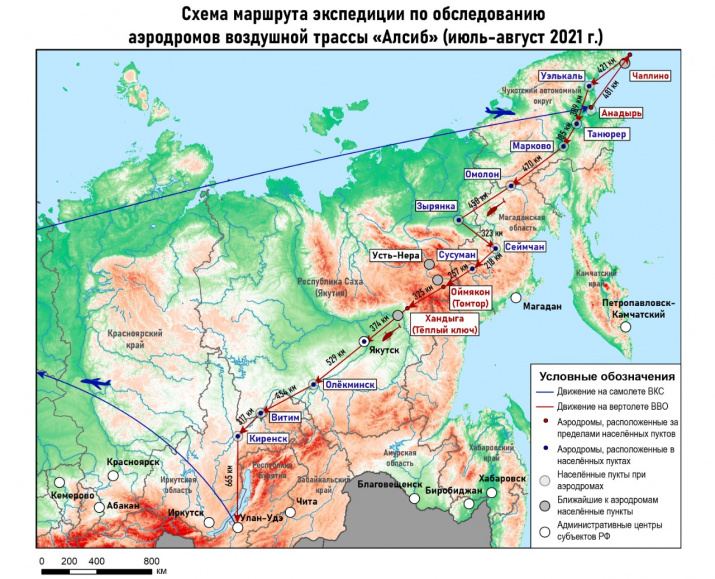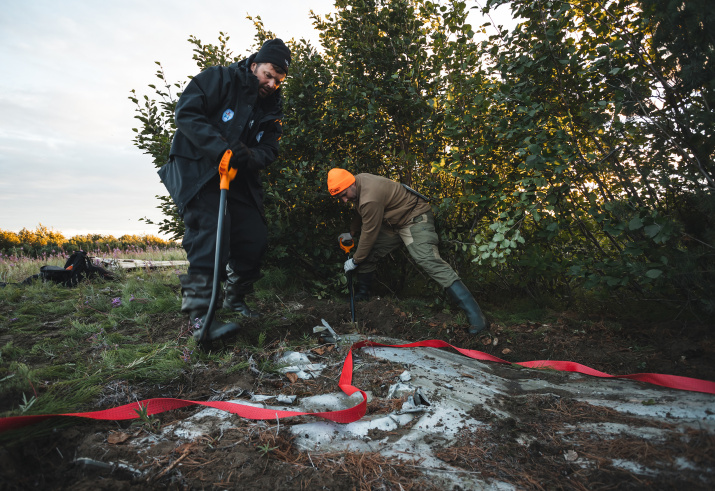The second season of the expedition “ALSIB” starts on June 8. Last year, its participants studied the preserved airfields of the route along which, during the Great Patriotic War, the planes delivered under the Lend-Lease program were transported from Alaska to the front. Not all combat aircraft reached the final destination of the route. Now the main goal of the researchers at the Center for Contemporary History and the Expeditionary Center of the Ministry of Defense of Russia is to find the crash sites of these aircraft.
The project was originally designed for several years. The researchers devoted the first season to reconnaissance and familiarization with the current situation, because a lot has changed since 1944-1945.
“The location of military airfields is much easier to find than individual crashed aircraft,” reveals the details the head of research projects of the Center for Contemporary History Sergey Katkov. “When working on site, this can be done relatively quickly; and we are sometimes very limited in time. For example, at Uelkal Airfield last year we had only four working hours due to weather conditions. A crash site is much more difficult to detect, even with a fairly accurate map with landmarks marked on it. This requires serious preliminary preparation."
The purpose of this season is to explore several specific objects that need to be found and identified. The search specialists took into account the experience of the last expedition and turned to local specialists for help on top of using archival research.
“We analyzed archival documents together,” says Katkov. “Historians and search specialists from Krasnoyarsk Alexander Matveev, Igor Spiridenko, Vyacheslav Filippov checked the data in their regional archives – all information regarding air travel and air ferrying units was recorded not only by the Air Force Command, but also by flying units.”
Krasnoyarsk assistants did not just work with the documents. It's one thing when search teams focus only on data from almost 80 years ago, it's quite another when a crash site can be suggested by a hunter, a fisherman or a mushroom picker who know the area like the back of their hand.
“A dense taiga shrubbery can hide a wreckage so well that a person will pass five meters away from it and will not notice,” Sergey notes. “There have been such cases in our practice. Even waist-high nettle can reliably mask a crater with the surviving parts of a lost aircraft. This year we hope to avoid such mistakes. Thanks to joint work with Krasnoyarsk colleagues, it was possible to superimpose testimonies of eyewitnesses (our contemporaries) on historical data.”
The specialists are planning to work at the crash sites of several aircraft in Krasnoyarsk Krai. According to preliminary estimates, there are three or four of them. However, it is still unclear whether it will be possible to get to every one – it all depends on where the weather will allow the expedition participants to go. In addition to the planes, the expedition participants hope to find the remains of the dead pilots.
“According to the documents, one of the crews was buried at the crash site. Therefore, in addition to the wreckage and the identification numbers preserved on the debris, we will look for this grave in order to adequately rebury the dead.”
According to preliminary plans, the second season of the expedition should take place in three stages.
“Unlike last year, now we will move from west to east,” explains Sergey Katkov. “In June, we will work for two or three weeks in Krasnoyarsk Krai – the timing will depend on the weather and circumstances. In July, if everything goes as planned, we will move to Yakutia. In August, we will go to Chukotka.”
ALSIB – the air corridor connecting the USSR and the USA – appeared during the Great Patriotic War. Under the Lend-Lease agreement, the Western Allies supplied us with fighters and bombers, and we needed a year-round and round-the-clock air route along which Soviet pilots could ferry aircraft to the front. Despite the inaccessibility of the areas where the airfields were built, they were constructed in the shortest possible time, in just five to eight months. Since 1942, 8,094 aircraft had been delivered to the front along the ALSIB route.
Olga Ladygina



